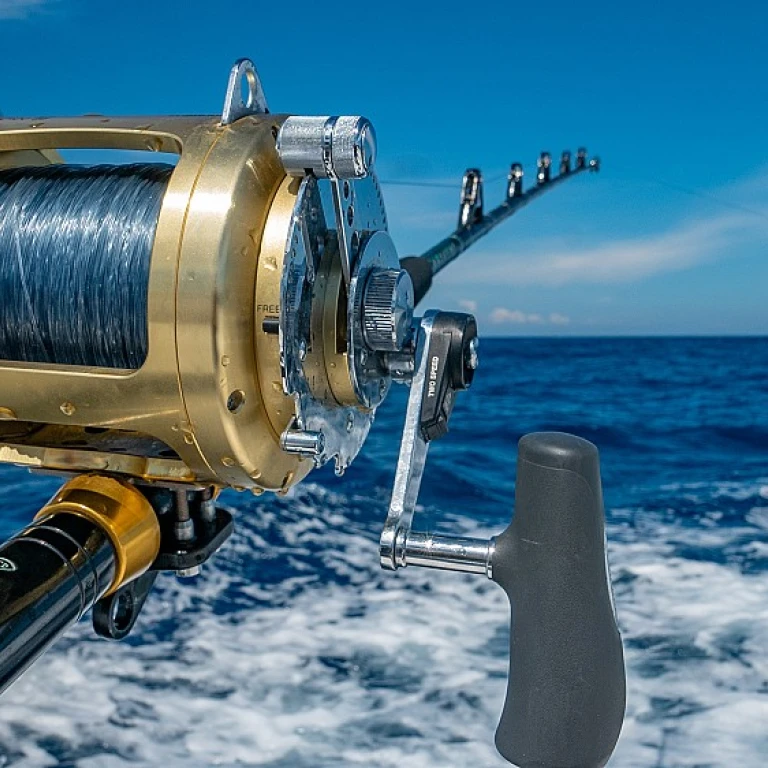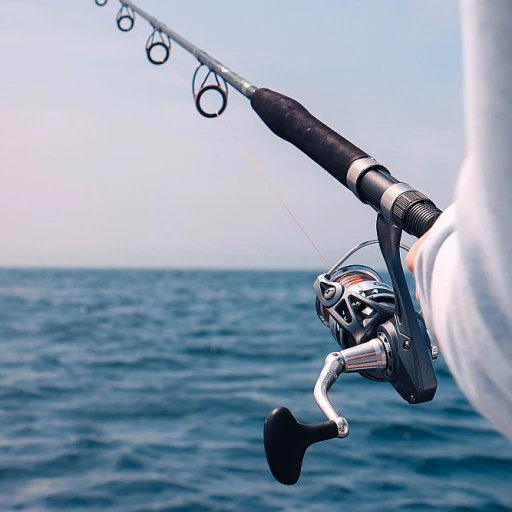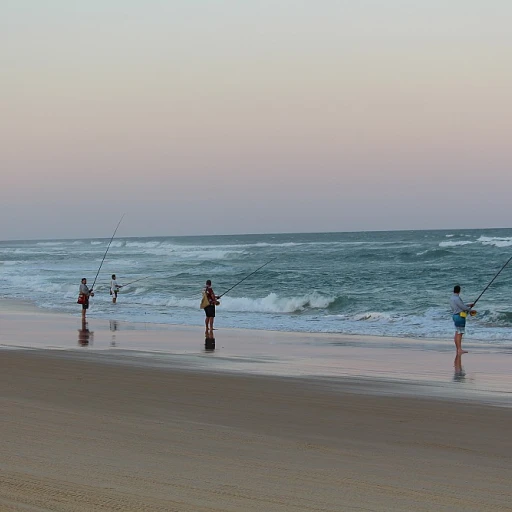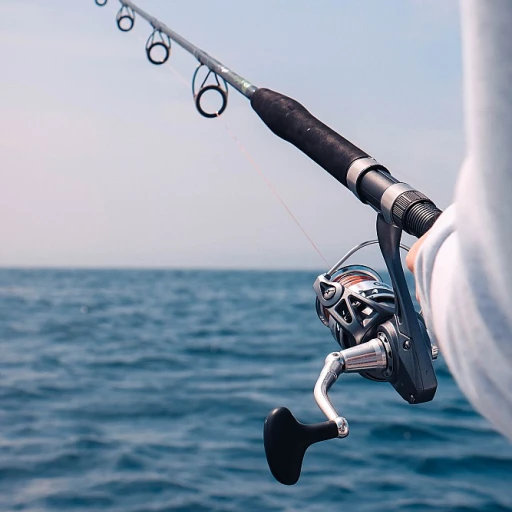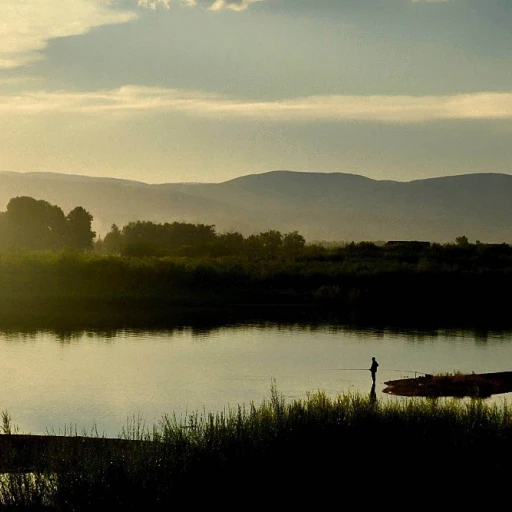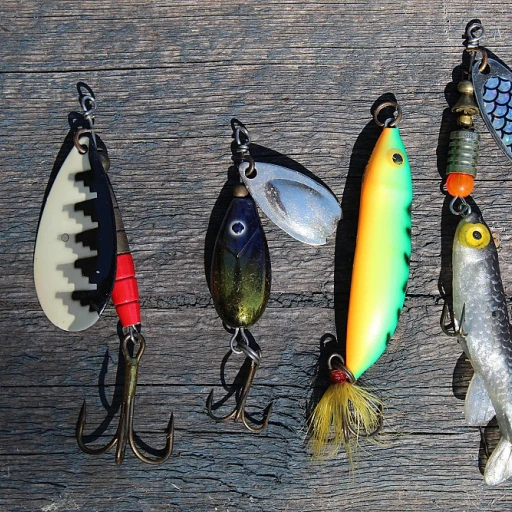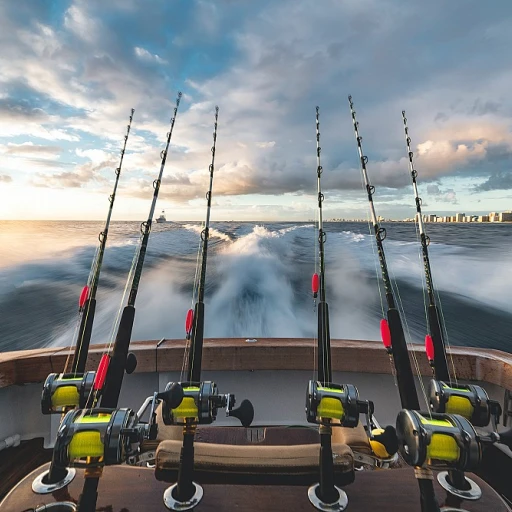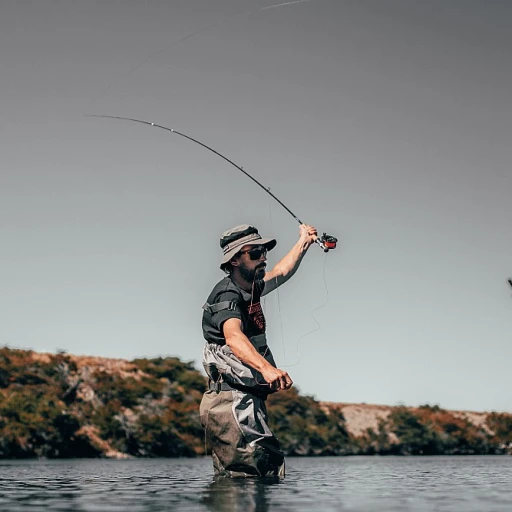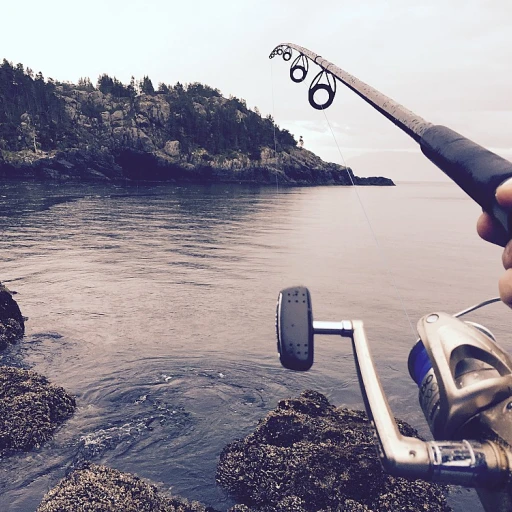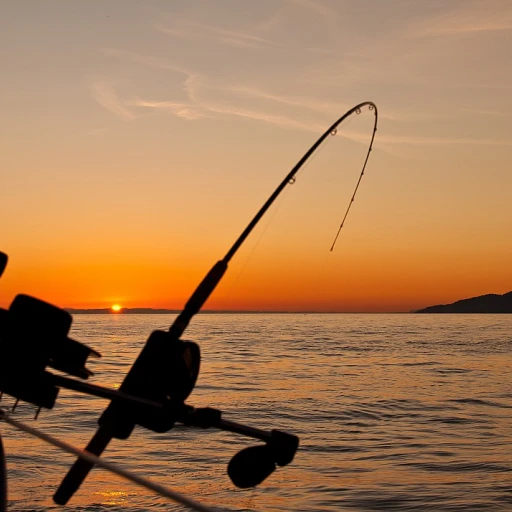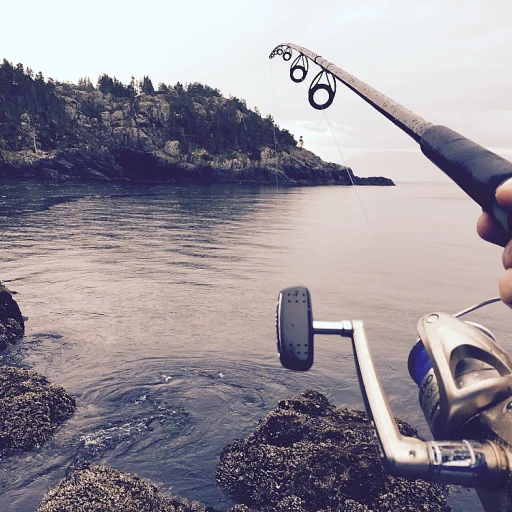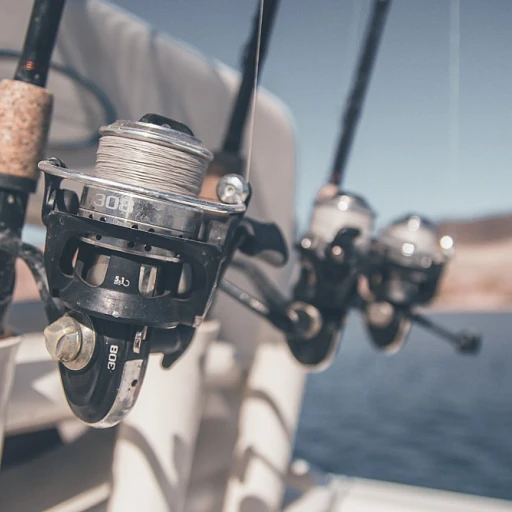
Understanding Trout Varieties
Exploring the Diversity of Trout Varieties
Trout are among the most popular freshwater fish, celebrated for their delicate taste and varied species. Enthusiasts and new anglers alike explore lakes and rivers across North America, eager to catch a range of trout species including rainbow trout, brook trout, and brown trout. Each trout variety presents unique characteristics and flavors that make for good eating experiences when caught fresh.
Rainbow trout, known for their striking coloration and sweet taste, are a favorite choice among anglers. Their vibrant hues and adaptability to different water conditions make them a common sight in lakes and rivers alike. Similarly, brook trout, native to cold water streams and larger lakes, are known for their mild and fine taste profile, making them a delicious option for those looking to enjoy a fresh catch.
Brown trout, which thrive in both river systems and larger water bodies, provide a stronger taste compared to their rainbow and brook counterparts. This species is particularly favored by seasoned anglers who appreciate their often elusive nature and the challenge of catching them. In addition to these, lake trout and tiger trout also contribute to the diverse spectrum of trout fishing opportunities across North American waters.
Each trout species offers its unique taste and appeal, encouraging both traditional fishing methods and exploration of diverse fishing techniques. Those fishing for these species will often notice that engaging in trout fishing leads to a deeper appreciation for various sustainable practices and authentic recipes that showcase these freshwater fish's natural flavors.
Flavor Profiles of Popular Trout
Exploring the Unique Characteristics of Various Trout
Diving into the flavor profiles of popular trout species, one can appreciate why recreational fishermen are drawn to catching these diverse freshwater fish. The distinctive tastes and textures between species offer a variety of culinary experiences to enjoy after a successful day at the lake.- Rainbow Trout: Known for its mild flavor and tender texture, the fresh rainbow trout is often favored by those new to eating trout. Its adaptable flavor pairs well with various seasonings, making it a versatile fish to prepare.
- Brook Trout: This species, which thrives in cold, clear waters, is celebrated for its rich taste. A good catch often presents as a deep reddish meat, offering an indulgent eating experience reminiscent of high-quality freshwater fish.
- Brown Trout: With a slightly stronger flavor compared to rainbow trout, brown trout boasts an earthy taste that some anglers describe as "nutty" or "buttery." It’s a preference for experienced anglers who enjoy a more pronounced trout taste.
- Lake Trout: Often caught in colder North American waters, lake trout provides a firm texture and a flavor that’s a bit more pronounced than other trout. It's best cooked using methods that enhance its oily composition, such as smoking or grilling.
- Tiger Trout: A hybrid species, resulting from a brook trout and brown trout crossbreed, known for its striking appearance and firm yet delicate meat. The tiger trout offers a pleasantly mild taste, often ideal for those who are a fan of both parent species.
Best Cooking Methods for Trout
Perfecting Cooking Techniques for Trout
Cooking methods can significantly influence the taste of your trout, whether you're indulging in the versatile rainbow trout or the distinct flavors of brook trout and brown trout. Your culinary approach should complement the natural taste of freshwater trout. Here are some cooking methods that make these species shine:- Baking: This is a popular method for a good reason. Baking allows the fish to cook evenly, locking in moisture and flavor. A simple preparation such as lemon, dill, and a pinch of salt can elevate the delicate taste of a fresh trout, especially when caught from a pristine lake.
- Grilling: Ideal for showcasing the unique taste of each trout species, grilling imparts a smoky flavor that pairs well with the tender flesh of rainbow trout or sea trout. Ensure the grill is preheated, and use a bit of olive oil to prevent sticking.
- Pan-frying: This method is particularly well-suited for smaller trout, like brook trout. A light coating of flour and quick fry brings out a nutty taste, enhancing the fish without overpowering it. Serve with a side of roasted vegetables for an authentic freshwater dining experience.
- Poaching: If you prefer a subtle taste, poaching in a mixture of water, white wine, and herbs will maintain the fish's texture without masking its natural flavors. It's a gentle method that keeps the fish moist and delicious.
- Smoking: For a bold flavor profile, smoking transforms trout into a gourmet delight, offering a rich, savory experience. This traditional approach is perfect for trout lovers wanting to explore deeper, more complex flavors.
Sustainable Fishing Practices
Practicing Healthy Fishing Ethics
Recreational fishing can be a rewarding hobby, but when it comes to trout fishing, it's crucial to maintain sustainable practices to ensure the health of these freshwater fish populations. By doing so, we not only protect the environment but also preserve the joy of fishing for future anglers. To start, understanding the different trout species found in lakes and rivers is essential. Species like rainbow trout, brook trout, and brown trout inhabit diverse habitats and have distinct behaviors. This knowledge helps in implementing effective catch and release strategies, increasing the trout's survival rate after being caught. Always use a fish-friendly net and wet your hands before handling these beautiful creatures to protect their protective slime coat. In addition to catch and release, observing local fishing regulations is vital. These rules often dictate fishing seasons, size limits, and tackle restrictions designed to sustain trout populations. So whether you’re fishing in a favorite trout lake or in other freshwater bodies across North America, adhering to these guidelines can help ensure the longevity of trout species. Another great practice is engaging with forums and communities, such as those found on Facebook and Twitter, to discuss and share sustainable trout fishing techniques. Expert advice on forums general can provide insight into best practices tailored to specific areas or conditions. Finally, for those who enjoy the taste of fresh trout, consuming only what you will eat and avoiding wastage is another layer of responsible fishing. Focus on quality over quantity to appreciate the unique flavor profiles of your catch. By adopting these ethical practices, you're not only enhancing your personal fishing experience but also contributing to the broader conservation efforts to keep our waters teeming with trout for years to come.Gear and Equipment for Trout Fishing
Essential Gear for Successful Trout Fishing
When it comes to trout fishing, having the right gear can make all the difference. Whether you're targeting rainbow trout, brown trout, or brook trout, the equipment you choose will affect your success rate and overall experience. Here are some essentials to consider:
- Rods and Reels: A lightweight rod is ideal for trout fishing, as it allows for more precise casting. Fly fishing rods are particularly popular among trout enthusiasts. Pair your rod with a reel that offers a smooth drag system to handle the fight of a fresh catch.
- Lines and Leaders: Use a line that matches your rod's weight, and consider a fluorocarbon leader for its invisibility in water. This setup is especially effective in clear trout lakes where fish can be easily spooked.
- Baits and Lures: The choice between live bait and artificial lures often depends on personal preference and local regulations. Worms and minnows are classic choices, while spinners and spoons can mimic the movement of small fish, attracting trout in both lakes and streams.
- Waders: If you're fishing in streams or rivers, a good pair of waders will keep you dry and comfortable. This is particularly important for those who enjoy fly fishing, as it allows you to get closer to the action.
- Nets: A rubberized landing net is gentle on the fish, reducing harm if you're practicing catch and release. It's a good practice to keep the fish in water as much as possible to ensure their survival.
Equipping yourself with the right tools not only enhances your fishing experience but also contributes to sustainable fishing practices by ensuring that trout are caught and released safely. As you prepare for your next adventure, remember that the best gear is the one that suits your style and the specific trout species you're targeting.
Recipes to Try with Freshwater Trout
Delicious Trout Recipes to Try at Home
Cooking freshwater trout is a delightful way to enjoy the fruits of your fishing adventures. Whether you’ve caught a rainbow trout, brook trout, or brown trout, these recipes will bring out the best in your fresh catch. Trout's delicate taste pairs well with various ingredients, offering a versatile canvas for culinary creativity.
Grilled Lemon Herb Trout
This recipe is perfect for those who love the simplicity of grilling. The natural flavors of trout are enhanced with a touch of lemon and fresh herbs.
- Ingredients: Fresh trout, lemon slices, fresh dill, olive oil, salt, and pepper.
- Instructions: Preheat your grill. Season the trout with olive oil, salt, and pepper. Stuff the cavity with lemon slices and dill. Grill for about 5-7 minutes on each side until the fish flakes easily.
Pan-Seared Rainbow Trout with Almonds
This classic dish highlights the nutty flavors of almonds, complementing the mild taste of rainbow trout.
- Ingredients: Rainbow trout fillets, sliced almonds, butter, lemon juice, salt, and pepper.
- Instructions: Melt butter in a pan over medium heat. Add the trout fillets, skin-side down, and cook for about 4 minutes. Flip and cook for another 2 minutes. Remove trout and add almonds to the pan, toasting them lightly. Drizzle lemon juice over the trout and top with almonds before serving.
Brown Trout in Creamy Garlic Sauce
For a richer option, try this creamy garlic sauce that pairs beautifully with the robust flavors of brown trout.
- Ingredients: Brown trout fillets, garlic cloves, heavy cream, butter, parsley, salt, and pepper.
- Instructions: In a pan, melt butter and sauté minced garlic until fragrant. Add the trout fillets and cook until golden. Pour in heavy cream and let it simmer until thickened. Season with salt, pepper, and parsley before serving.
Baked Brook Trout with Herbs
This simple baking method ensures that the brook trout remains moist and flavorful.
- Ingredients: Brook trout, fresh thyme, rosemary, olive oil, salt, and pepper.
- Instructions: Preheat your oven to 375°F (190°C). Place trout on a baking sheet, drizzle with olive oil, and season with salt and pepper. Scatter thyme and rosemary over the fish. Bake for 15-20 minutes until the trout is cooked through.
These recipes are a great way to enjoy the different trout species you might encounter in North America. Whether you’re fishing in lakes or rivers, these dishes will make your catch taste even more rewarding. For more tips on trout fishing, check out forums and general fly fishing communities on Facebook and Twitter to share your experiences and learn from fellow anglers.

